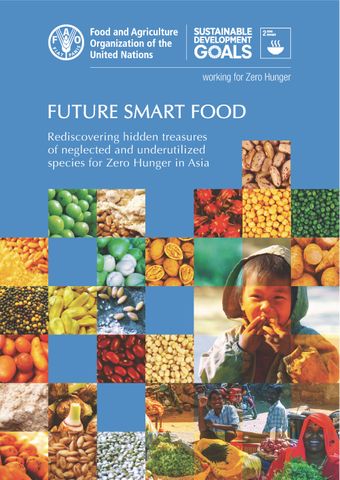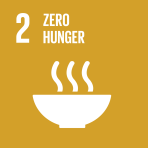- Home
- Books
- Future Smart Food
- Chapter
Challenges, opportunities and strategies for neglected and underutilized species as future smart food for zero hunger

- Author: Mahmoud Solh
- Main Title: Future Smart Food , pp 35-50
- Publication Date: April 2018
- DOI: https://doi.org/10.18356/578f3b8f-en
- Language: English
The growing world population poses many challenges for agriculture. An estimated global population of more than 9 billion by 2050 will cause serious food, energy and water shortages. Demand for food and energy will increase between 70 and 100 percent, if we maintain our current production levels. There will be a 30 percent increase in demand for fresh water while the per capita availability of water is projected to decrease by 25 percent (Hoff, 2011, Al-Riffai et al., 2017). Considering the United Nations revised figures for population growth and the increase in agricultural production by 15 percent between 2005/06 and 2012, the projected increase in demand for agricultural production is estimated to rise by approximately 50 percent from 2013 to 2050 (FAO, 2017). Population growth, the current degradation of natural resources and the serious implications of climate change will have major consequences on agricultural production. Despite efforts to increase food production to reduce both hunger and poverty, there are still more than 800 000 people facing hunger globally (Al-Riffai et al., 2017; FAO, 2017). Many Asian countries, including India, are categorized as ‘serious’ in the Global Hunger Index (GHI) with 20-34 percent of their populations undernourished.
-
From This Site
/content/books/9789210473927s009-c001dcterms_title,dcterms_subject,pub_keyword-contentType:Journal -contentType:Contributor -contentType:Concept -contentType:Institution105

